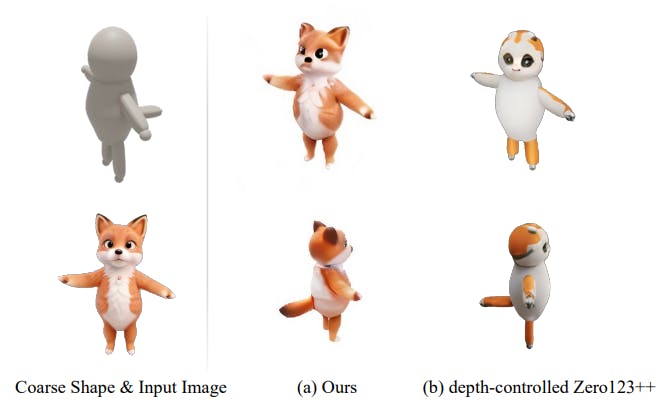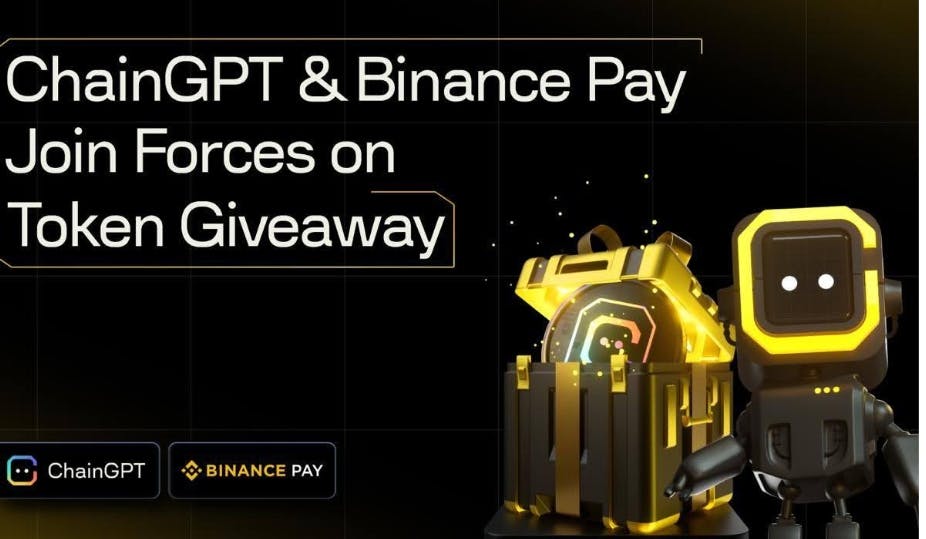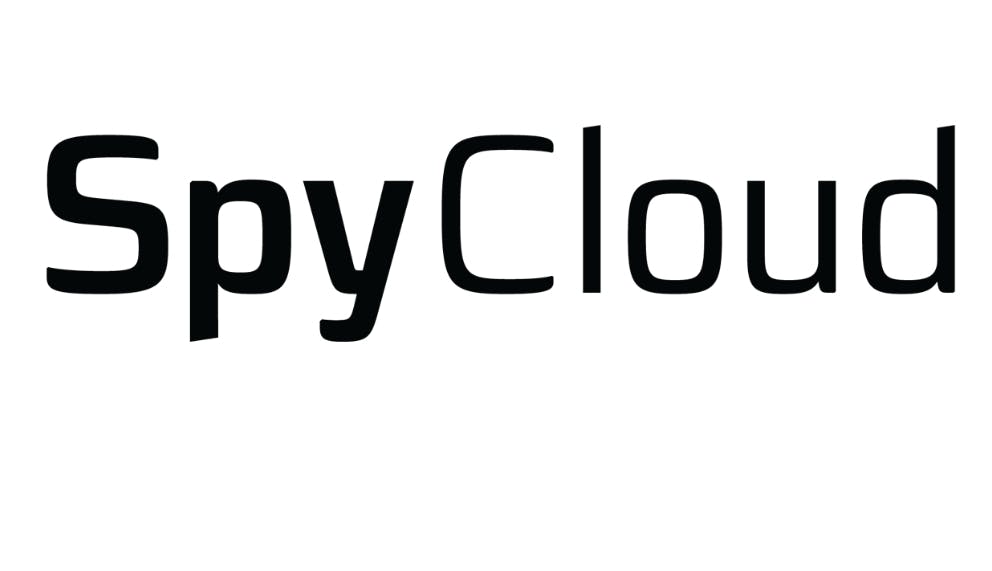Table of Links
Abstract and 1. Introduction
1.1 Research Questions and Contributions
-
Related Work
-
Background
-
Inscriptions and ordinals
4.1 Operation Types
4.2 Comparison with NFTs and ERC-20s
-
Data Collection
-
Empirical Analysis and 6.1 Overall Transactions
6.2 Inscriptions Characterization
6.3 Inscription Trading
6.4 Impact on Gas Fees
-
Discussion
-
Conclusion and References
In this section, we review the existing literature and related works pertinent to our study on inscriptions within EVM-compatible chains.
Social phenomena on financial markets. The impact of social phenomena on financial markets has received some research attention recently. In traditional finance, the GameStop short-squeeze event from 2021 highlighted how online social movements can lead to significant shifts in trading behavior and even impact established financial institutions [43]. , various authors analyzed this unprecedented event in more detail. Vasileiou et al. [34] found a causal link between the stock performance in early 2021 and the Google Trend Index for the stock, thus showing the impact of online interest in the stock in its price performance. Following this, Anand and Pathak [4] and Zheng et al. [43] focussed their analysis on the activity of the subreddit r/wallstreetbets (where the majority of the social activity related to GameStop was occurring during that time). Their findings further corroborate the link between stock performance and the subreddit’s social media activity and sentiment.
Social phenomena on decentralized finance. Even though the introduction of ordinals and inscriptions is fairly recent, there has been some work towards understanding these phenomena. Wang et al. [36, 37] conducted a comprehensive analysis of BRC-20 tokens within the Bitcoin network. Their investigation revealed a notable surge in interest and user participation during the BRC-20 movement. The study involved a comparison between these BRCs and the widely-used Ethereum ERC-20 tokens, employing metrics such as average price return, volatility, and other relevant factors. The study highlighted a significant influx of users into the BRC market within a month, coupled with a subsequent decline in enthusiasm over the following months. In essence, users displayed a tendency to lose interest after the initial surge. In the broader context, the research emphasized that, despite the hype, BRC-based tokens constituted only a modest fraction of the overall market size when juxtaposed with ERC-like tokens on the Ethereum platform. Our paper also analyses the broader market dynamics of inscriptions during their boom, however, we expand the study to the top EVM chains instead of focussing on Bitcoin ordinals.
Li et al. [19] also looked at BRC-20 tokens within the Bitcoin network. However, they perform a comparative analysis between Bitcoin inscriptions and NFTs focussed on technical implementation details, function, and use cases. They additionally provide an in-depth historical overview of Bitcoin-related NFTs. While our paper also involves a characterization of inscriptions and their functions, our focus remains on EVM Layer 2s rather than Bitcoin.
Finally, Bertucci [7] analyzed the impact of ordinals on transaction fees in Bitcoin. They found that ordinal inscriptions typically have lower fee rates than regular transactions, which indicates careful fee-setting by ordinal users. They also concluded that the rise of ordinal transactions has increased non-inscription transaction fee rates and total block fees, thus increasing miners’ revenue. We do a similar fee investigation in our paper. Yet, we look at inscriptions in EVM chains instead of Bitcoin.
Novelty of our approach. To the best of our knowledge, this is the first work to conduct an in-depth analysis of inscriptions in multi EVM-compatible chains and the user dynamics that arose from the inscription boom observed in the end of 2023 and early 2024. While Bitcoin originally set the stage for this user trend, EVM chains have witnessed substantial adoption as well. The absence of analysis in this domain introduces a notable gap in the existing research landscape, which we aim to address in this paper.
Authors:
(1) Johnnatan Messias, Matter Labs;
(2) Krzysztof Gogol, Matter Labs, University of Zurich;
(3) Maria Inês, Silva Matter Labs;
(4) Benjamin Livshits, Matter Labs, Imperial College London.










